Notes for a Class Lecture originally given on 20th Feb, 2017.
Architectural ethic does not permit creation for self-gratification—merely to provide an outlet for the artist’s personal need to create. In that sense, architecture is not an art. It is design. Architecture is, more often than not, created for the consumption & use of the many ‘others’, and as such, it needs to address diverse themes related to identity, segregation, inequality, sanitation, natural disasters, housing shortages, migration, traffic, trash, ecology, pollution, and community participation. In many ways, architecture is a master dscipline: combining aspects of indistrial design, interactive design, experience design, and economics. And with so many variables screaming for attention, it seems sane to firstly triage1, rather than to shut-out the noise completely. Bringing a method to the madness is necessary.2 So, in order to begin “designing”, we first need to recognise the architectural problem.
The process of design starts with identifying the problem. Designing is “providing solutions” to eliminate this problem. So, what is the architectural problem? How do we recognise it? And what tools can we use in this process?
The Architectural problem is not just a set of physical programmatic requirements provided by the client. It is those discomfiting factors, which by the elimination of, we achieve a series of comfort-experiences for the users of that architectural space. Within architectural spaces, humans can cognise comforts which are physical, spatio-economical, spatio-emotional and temporal in nature.
And so, the four Comfort Experiences contributing to “complete” an Architectural Solution are:
Devising paths of least resistance — the economical & logical ways by which a body can use and navigate the space — are the solutions that increase the functionality of the design. A functional design brings discoverability, understanding, and clarity to the scheme, eliminating frustration. Functional experience relates to “Space Planning”, and is more clearly revealed when we explore the site-layouts and floor “plans” of structures.
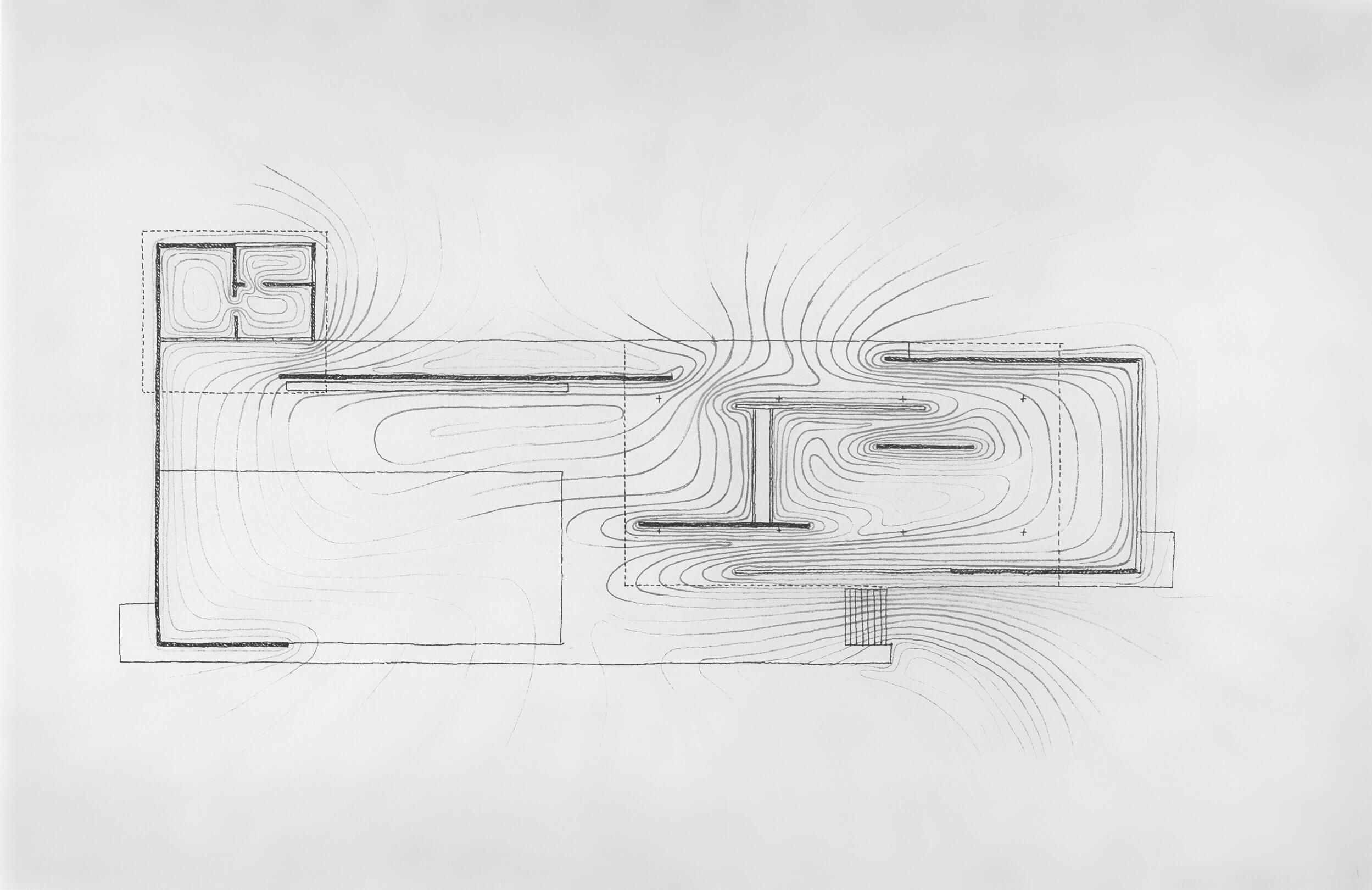
‘Density & Flowing Of Space’ - Paul Rudolph’s graphic analysis of Mies’s Barcelona Pavilion.
source: Interview - Peter Blake — Paul Rudolph Heritage Foundation ◷ Recommended Quick Read
Climatological solutions concern with the comforts of the user’s body. They relate to the “Physical Envelope”, and are more clearly understood when we explore the “sections” of rooms, buildings & entire sites. Sections also help reveal the vertical use of a space — from how we store and reach-for things, to how we traverse various levels.

Section showing climate study source: the internet
Where a good plan shows the logic, a section reveals building intelligence.

Section through Le Corbusier’s Ronchamp Chapel source: The excellent book: Manual of Section (via ArchDaily )
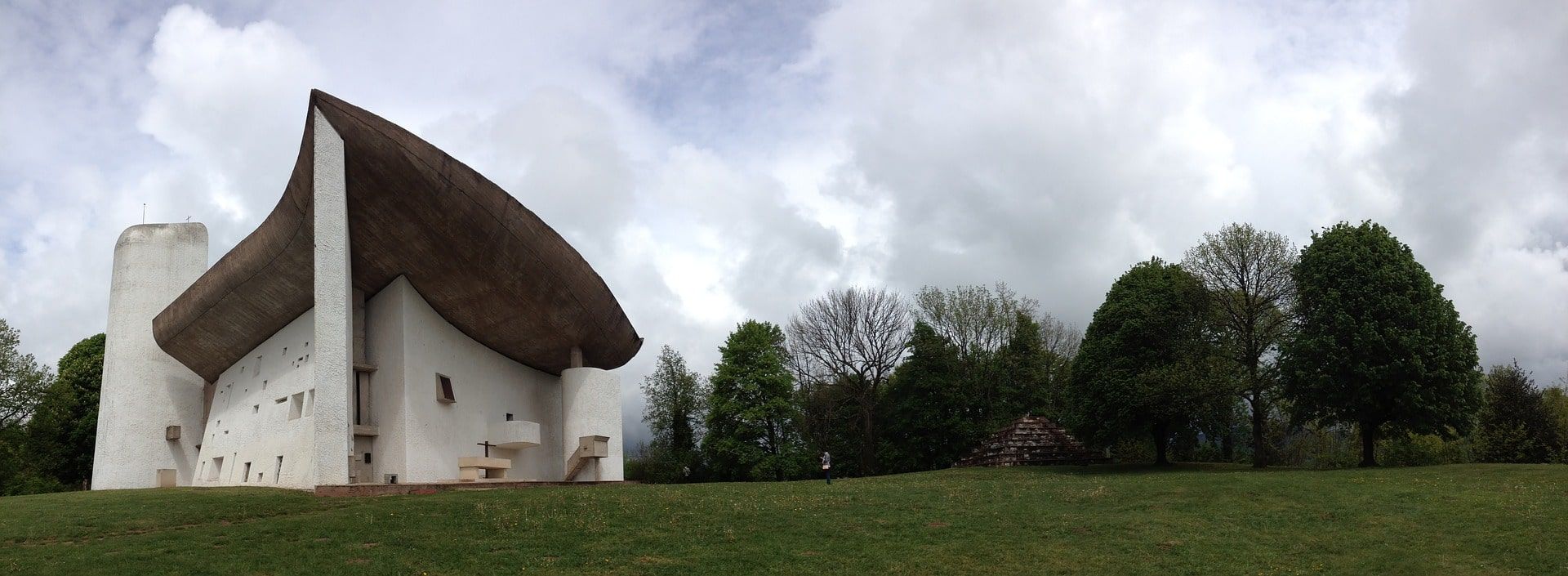
View of Le Corbusier’s Ronchamp Chapel source: the internet
Together, the ‘functional’ and ‘climatological’ experiences, govern the “usability” aspect of architecture. They constitute the indistrial and interactive aspects of design in architecture, providing an acknowledgment of the five human senses as our means of access to the material world.
Anyone can build a building that protects people from heat, sun and cold. What I am determined to do is to make a stage where people can be sexier and more brilliant, a place where they can awake smarter.
– Philippe Starck
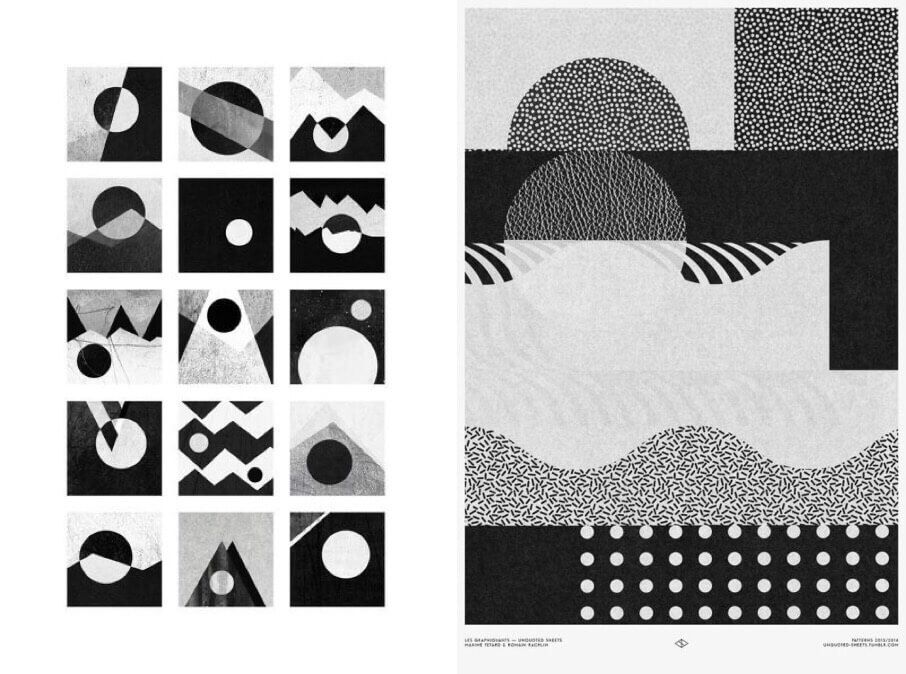
Studies of Light & Textures source: the internet
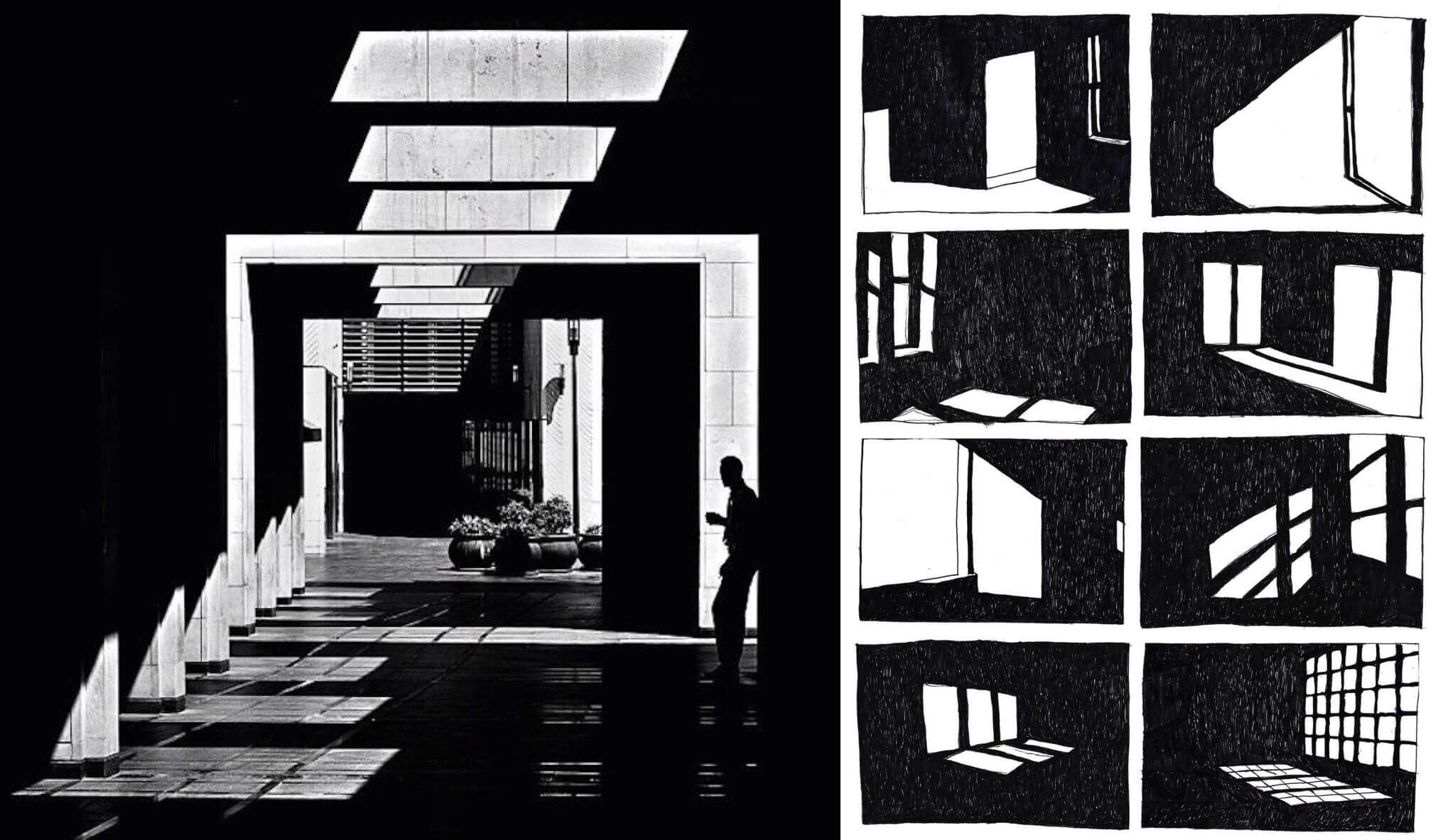
Light Studies in space source: the internet
Our perception defines our reality, and within our perceptions of space we’ve developed this idea of atmosphere (…) Atmosphere is something felt, not thought, something taken in through emotional sensibility. It’s not always something we can define through words alone; rather it’s something that must be absorbed through the experience of the human body existing within it. Undoubtedly, this kind of perceptive ability has come through evolution — the ability to quickly interpret our surroundings and determine if it is hospitable or hazardous. In this way, our body is an instrument for measuring a specific architectural quality that no other device can determine.
— Shawn Swisher3
Emotional experience enables a connect between the space and the users. This type of experience happens through mood-setting and mood-modulation. There are two further dimensions to our emotional experience:
In physical terms, this is achieved through the judicious use and control of light. Light reveals textures, colors, and forms of a space. It draws our attention to volumes & massing, materials (their colours, textures and even their cultural connotations). In our subconscious, there is a strong relationship of light with life. But in this age of a highly visual culture, we often forget that the experience of space encompasses all the senses: Light, together with sound (variations of noise/silence/resonance/timbre), air-movement, moisture/humidity, and temperature control our emotional response to the space. These can be best understood by the exploration of 3D- views & sketches, and drawings of details.

A sketch (not mine) & a view of the IIM-Bangalore
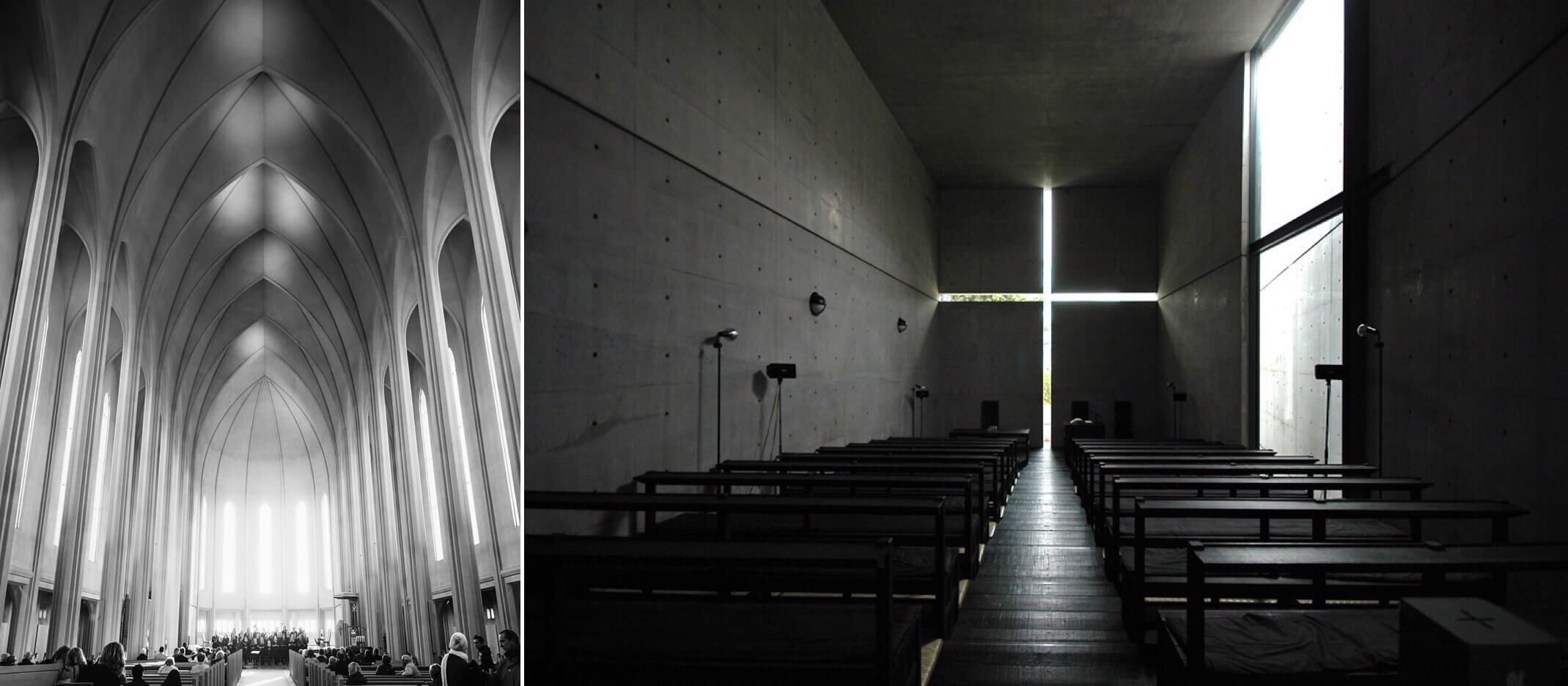
A Cathedral LEFT & Tadao Ando’s Church of Light RIGHT
Contextual planning — along with the use/ modulation of light, temperature, sound & air quality in volumes — aids in transmitting memory, thus controlling the level of ‘humaneness’ that a space is supposed to ensoul.
The first two experiences refer to the physical aspects of the building — to the practical work of the architect — and dictate the Shape; but the last two are about feelings: a sense of being alive, and of memory respectively. They impart Soul to the space. Together, these four experiences create an atmosphere in which people can find themselves; reconnect with their sense of Self. The ’architecture of presence’ which Peter Zumthor talks about, is this quality of space.
While the role of the architects is to create a vision for the future, they must do so while always protecting the past: new creations which are based on historical foundations — much like new leaves growing on an old tree — enabling the individual to connect with the collective, providing its user an anchor to situate himself within the fabric of his society, its culture & its traditions.
The ‘emotional’ and ‘temporal’ experiences within a space impact the ‘aesthetic, pleasure and fun’ aspects of architecture. They determine the quality of the total experience and allow us to enjoy the wonder of a space.
Architecture begins where engineering ends.
— Walter Gropius
(Architecture) — (Building) > (Zero)
Wherein, the practical work of the architect is instrumental in creating merely the Building. The differential, is perhaps, made-up of humaneness/ memories of generations past/ hope, or a vision for the future… I am not certain. As I see it, Architecture is much more than a building. Buildings are merely a shape without a soul. — Harshal Shinde
Triage: the assigning of priority order to projects on the basis of where funds and other resources can be best used, are most needed, or are most likely to achieve success.↩
“Art and Science have their meeting in method.” - Belwer-Lytton, Agents of SHIELD, S4:E4↩
Swisher, Shawn. ❝What Makes Us Human: Reactions to the Shelters for Roman Archaeological Site❞. Archdaily, 10-Sep-2010, <https://www.archdaily.com/76796/what-makes-us-human-reactions-to-the-shelters-for-roman-archaeological-site/>. Accessed 13-May-2018.↩